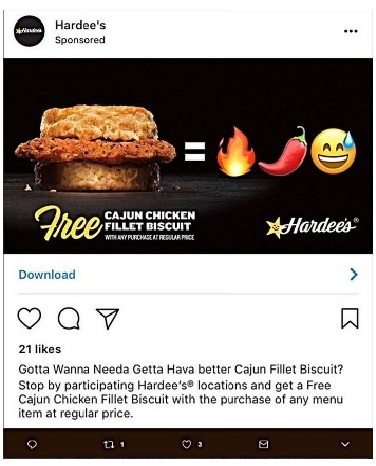In Real Foods Pty., Ltd. v. Frito-Lay North America, Inc., [2017-1959, 2017-2009] (October 4, 2018), the Federal Circuit affirmed-in-part, vacated-in-part, and remanded the TTAB’s decision that the Real Foods marks CORN THINS and RICE THINS were merely descriptive and have not acquired distinctiveness.
Real Foods argued that the marks are merely suggestive, and not descriptive, and even if they are descriptive, they have acquired secondary meaning. The Federal Circuit agreed with the TTAB that the marks were merely descriptive. When determining whether a mark is merely descriptive, one must consider the commercial impression of a mark as a whole, viewed through the eyes of a consumer. One must consider the mark in relation to the goods for which it is registered, asking whether someone who knows what the goods and services are will understand the mark to convey information about them. The Federal Circuit found that substantial evidence supports the TTAB’s finding that the proposed marks are highly descriptive, noting that “corn” and “rice” are grains from which the products are made, and “thins” describe the physical characteristics of the products. Viewing the marks as composites does not create a
different impression.
The Federal Circuit rejected Real Foods arguments about the source of evidence of public understanding of its marks, noting evidence of the public’s understanding of [a] term may be obtained from any competent source. The Federal Circuit also rejected Real Foods’ arguments that the TTAB failed to properly consider third party registrations containing “THINS,” noting that these did not compel registration, because each application must be examined on its own merits.
The Federal Circuit also found that substantial evidence supported the TTAB’s finding of a lack of acquired distinctiveness. To determine whether a mark has acquired secondary meaning, courts consider: advertising expenditures and sales success;
length and exclusivity of use; unsolicited media coverage; copying of the mark; and consumer studies. Real Foods’ sales and advertising figures weigh against a finding of acquired distinctiveness. Further Real Foods spent a relatively small amount on advertising as compared to other expenditures. Finally, research conducted
by a third party on behalf of Real Foods demonstrates that consumers have low brand loyalty to and low preference for Real Foods’ corn and rice cakes, as compared to
its competitors. Frito-Lay’s evidence showed low recognition of the terms are marks.
The Federal Circuit rejected Real Foods’ argument that the TTAB ignored evidence of substantially exclusive and continuous use, find that the TTAB expressly acknowledged the evidence, and was within its discretion to discount it. As to other evidence, this too was within the TTAB’s right to weigh evidence, and declined the the invitation to re-weigh the evidence.
The TTAB dismissed Frito-Lay’s claim that CORN THINS and RICE THINS are generic. Frito-Lay argued that the TTAB improperly narrowed genus of the goods and services, tracking Real Foods’ amendment to the description of goods, which related to the species of goods, rather than considering the genus. Accordingly, the Federal Circuit remanded for the TTAB to reconsider its selected genus and conduct its genericness analysis in light of that genus.


